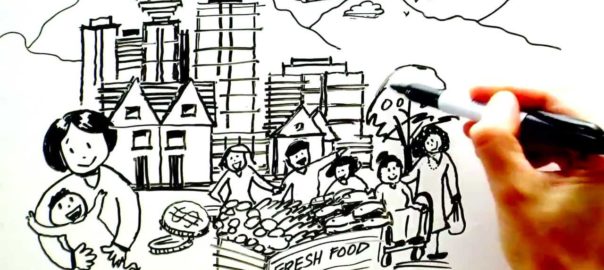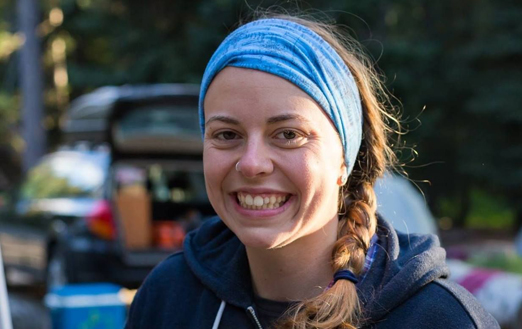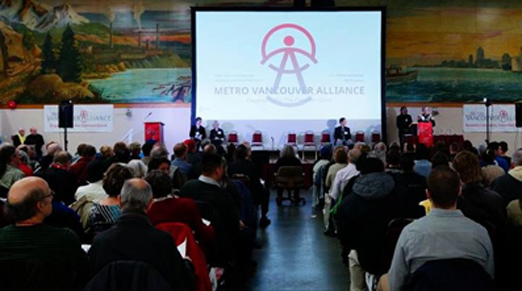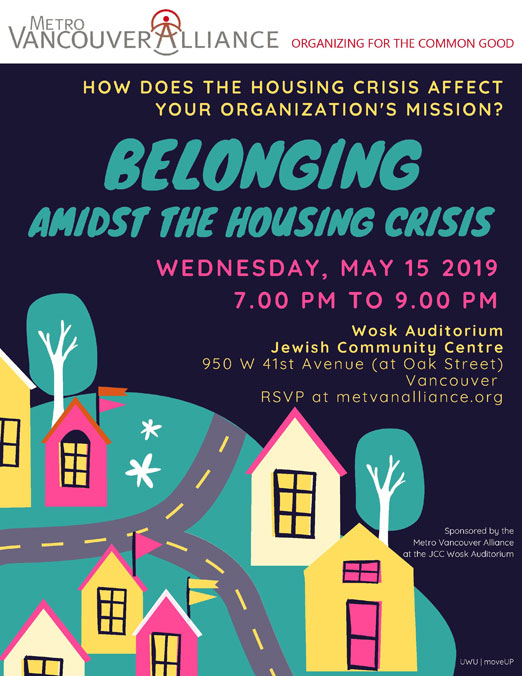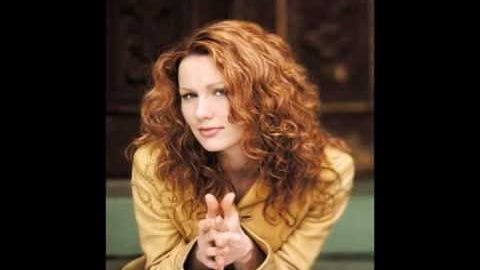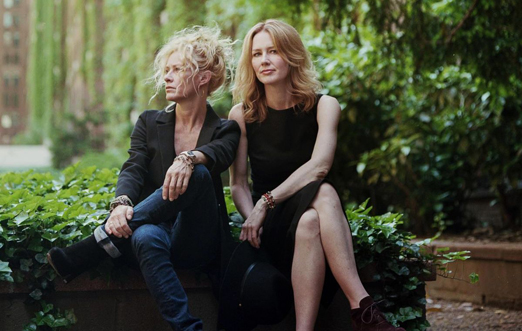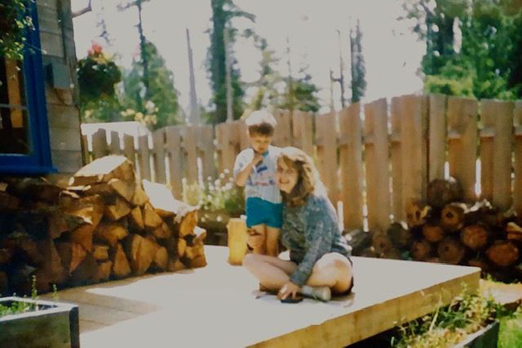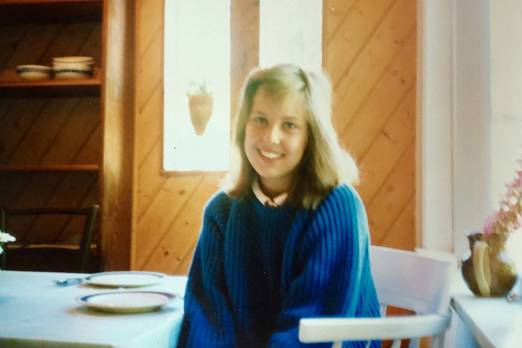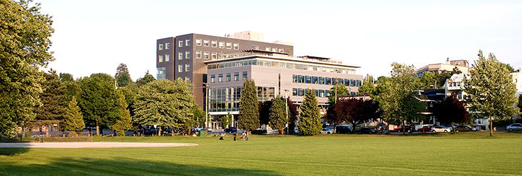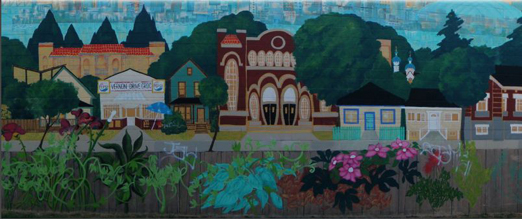
Joming Lau, a City of Vancouver Planning Analyst and member of Vancouver city’s Community Serving Spaces Team, and his colleague James O’Neill, a Cultural Planner with the city, working in the Cultural Spaces and Infrastructure Division of the Planning Department — and also a member the city’s Community Serving Spaces Team — have been kind in posting to VanRamblings the core document informing the conduct of the Tuesday, May 7th, 2019 affordable housing forum held at CityLab, at Cambie and West Broadway, the document in question, the Community Serving Spaces Place of Worship [pdf] presentation paper on the development of affordable housing and community service spaces on the sites of places of worship.
In an April 1, 2019 article in the Vancouver Sun / Province / PostMedia, migration, diversity and religion writer Douglas Todd asked the question, “Can Metro Vancouver churches plug the dire housing gap?”, going on to ask a second, related question, “How big a dent will re-developing scores of places of worship into housing make in a metropolis that ranks as one of the most unaffordable in the world?”, quoting Andy Yan, director of Simon Fraser University’s city programme as saying …
“Hopefully, the redevelopment (of places of worship) is one of the steps of creating a stairway to housing nirvana in Metro Vancouver. But the scale of trying to house those on local incomes affordably is almost biblical.”
Mr. Todd goes on to report that Christian and Jewish religious groups are together adding hundreds of units each year to the region’s rental and housing market, their annual contribution sometimes exceeding 1,000 new homes, a relatively small portion of the roughly 20,000 to 28,000 homes being constructed each year across Metro Vancouver, but still an invaluable contribution of low cost, affordable housing across our region.
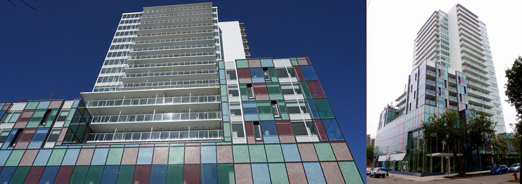
Approved by Vancouver City Council in 2014, completed in 2018, a partnership between Central Presbyterian Church and Bosa Properties.
In collaboration with the city, Bosa Properties and Central Presbyterian Church, at 1155 Thurlow in downtown Vancouver, set about to provide 45 social housing homes that would be owned by the church, allowing Bosa Properties to build 168 secured rental homes that would be owned by Bosa, the project including the construction of a new church (and child care centre) built for the church by Bosa — at no expense to the church — and still owned by the church, the very much needed social housing homes and the child care centre creating an ongoing revenue stream for the Central Presbyterian Church. A win-win for all concerned: city, developer & church.
 |
The role of the city? To collaborate with the places of worship to secure funding — from private sources, from the federal or provincial governments through their affordable housing programmes, or in some cases through access to the city’s Community Amenity Contribution programme, which secures in-kind or cash contributions from property developers in exchange for re-zoning of the property — which pays for the entire cost of construction, the city liaising with the place of worship to establish a relationship with a non-profit or for-profit property developer / builder.
Further, the city expedites the development permit process.
From first contact with a place of worship to final completion & occupancy, an average of three years transpire, with the end result: the creation of affordable rental housing, low cost social housing, and much needed community serving spaces, such as the aforementioned child care centre.

The most common phrase enunciated at the Community Serving Spaces for Places of Worship forum last week was, “Robert Brown can’t do it all.”
 |
Mr. Brown, the founder of the Catalyst Housing Development Society is the President of our province’s largest non-profit real estate developer, he and his team responsible for the development of more affordable rental homes on the Lower Mainland and across our province than any other British Columbia developer, allowing faith groups to unlock the value of their real estate assets, while reinvesting that value back into communities for the benefit of families, and a revenue creation stream for places of worship.
 |
A key piece of altruistic advice Mr. Brown provided to faith groups at last week’s affordable housing forum: retain ownership of your property.

Here’s the bottom line: there are 364 land rich, cash poor places of worship across the Vancouver landscape. The City of Vancouver, as part of the city’s Healthy City Strategy, has set about to work with faith groups to create the conditions necessary that would result in the construction of much needed low cost, affordable housing on the under developed properties owned by faith group congregations, providing a no cost renovation or reconstruction of the aging church, synagogue or other place of worship infrastructure, while also creating a revenue stream for the faith group membership, to ensure that our city’s places of worship will continue to thrive, while serving the social and community interests of neighbourhoods across our city.
